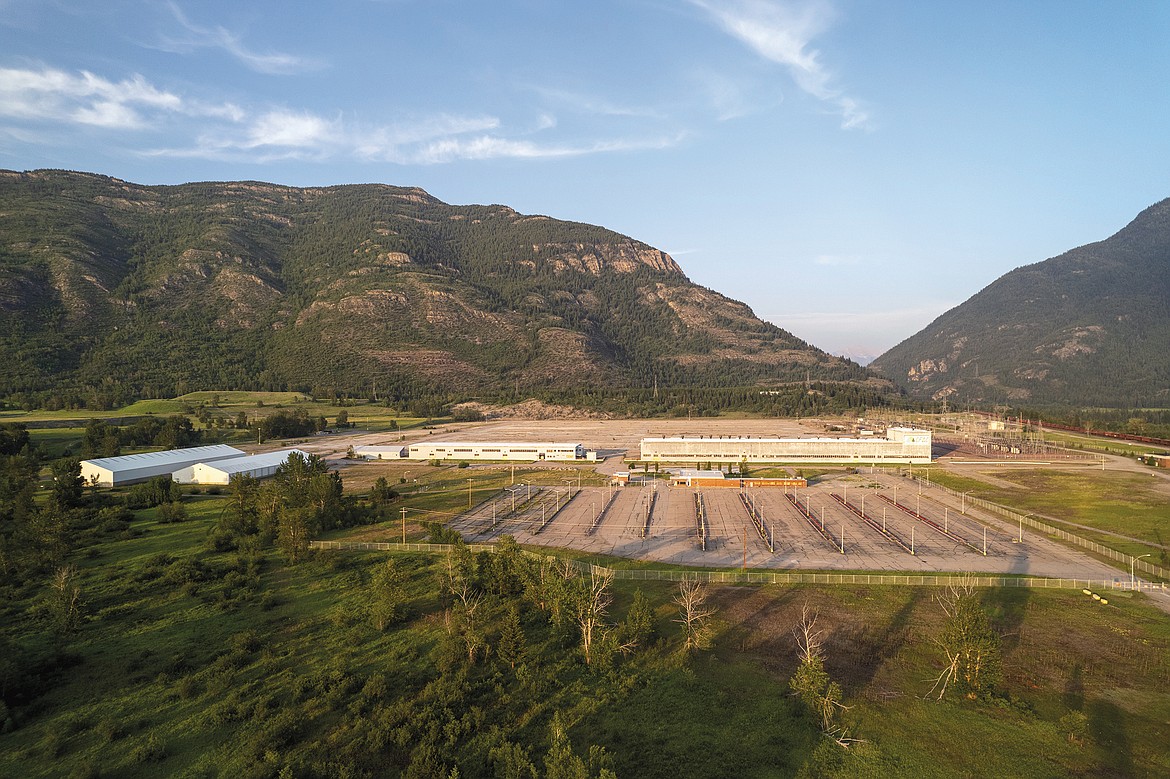Coalition for a Clean CFAC plans petition drive, but will EPA respond?
A coalition of Flathead County groups is asking the Environmental Protection Agency to pause a Record of Decision on the cleanup plan for the Columbia Falls Aluminum Co. plant.
“We request that EPA and Montana Department of Environmental Quality take a time-out to produce a focused feasibility study evaluating realistic costs for removal of acute and extremely hazardous wastes including the spent potliner and wet scrubber pond wastes to an offsite hazardous waste disposal facility,” the Coalition for a Clean CFAC is asking the EPA and the state Department of Environmental Quality.
The Coalition is made up of representatives from Citizens for a Better Flathead, the Upper Flathead Neighborhood Association and others.
The EPA’s proposed action for cleanup of the defunct aluminum plant just north of the City of Columbia Falls calls for containing the waste on site and addressing the worst landfills by pouring a slurry wall of bentonite underground. The idea of the slurry wall is to keep groundwater leaching from the west landfill and old wet scrubber sludge pond from further polluting the aquifer.
That plan has a price tag of about $50 million.
Both areas at the site have been leaching deadly cyanide and fluoride into the ground water for decades. But the pollutants have largely stayed on the footprint of the old plant, according to groundwater analysis. There have been no reports of polluted home wells near the plant and by the time the polluted water reaches the river to the south, the amount of cyanide in the water is below safe water drinking levels, according to a remedial investigation of the site financed by the company and approved by the EPA.
But the vast majority of the public opposes the idea of the slurry wall and leaving the site polluted for decades more to come. The Coalition would like to see the waste removed.
“It makes no sense to leave it a possible source of pollution for hundreds of years,” Mayre Flower, director of Citizens for a Better Flathead said in a recent interview.
Citizens has joined with other neighborhood groups to form the Coalition for a Clean CFAC. They’re organizing a petition drive and other community outreach to send a message to the EPA.
“The letter has been included in the record of public comments received after the conclusion of the 90-day comment period,” EPA Community Involvement Coordinator Missy Haniewicz said in an email to HHN. “All public comments received during or after the formal comment period will be addressed in the full Responsiveness Summary, which will be included in the release of the Record of Decision.
“There will be additional opportunities for community engagement during the Remedial Design process, including ways to give feedback, ask questions and learn more about the cleanup and the process. Following that, we will continue to offer opportunities for engagement during the Remedial Action phase. The Agency will be updating the CFAC Community Involvement Plan once the Record of Decision is released, to include these possible avenues for engagement.”
The Record of Decision, which outlines the final cleanup plan, is due out in March.
Spent potliner is the carbon waste that’s left over the bottom of the pots made to produce aluminum. It was dumped in the West landfill and water waste from the plant was dumped in the sludge pond.
The potliner, exposed to ground or surface water, then leaches out the cyanide. Test wells close to the landfill have cyanide and fluoride levels thousands of times above the safe water drinking threshold.
The Coalition suggests the waste be dug up and hauled away by rail to an approved landfill in Oregon. That plan was considered, but rejected by the EPA as too costly, but an actual estimate was never provided in the feasibility study.
“This focused feasibility study should include consideration of use of the existing rail lines at the CFAC site which were used for many years after 1990 to remove highly toxic spent potliners (SPL) and other hazardous waste. Not only does the CFAC smelter after 1990 have a history of successfully using the existing rail lines at CFAC to ship highly toxic waste like SPLs to a federally certified hazardous waste landfill out of state, other smelters in the northwest like the Alcoa Smelter in Vancouver, Washington have done so as well,” the Coalition claims.
Flowers said organizers plan on hitting the streets soon for the petition drive. She claimed that once the public gets informed, they can sway the EPA and DEQ.
“We need a grassroots effort,” she said. “There’s still time to turn this thing around.”
The letter is signed by Flowers, Shirley Folkwein of the Upper Flathead Neighborhood Association, and residents Phil Matson, and Peter Metcalf.
Matson has expertise in the field — he works for the Flathead Lake Biological Station and Metcalf is also the executive director of the Glacier Two Medicine Alliance, which works on programs and conservation projects in the Crown of the Continent, particularly the Badger Two Medicine area.


